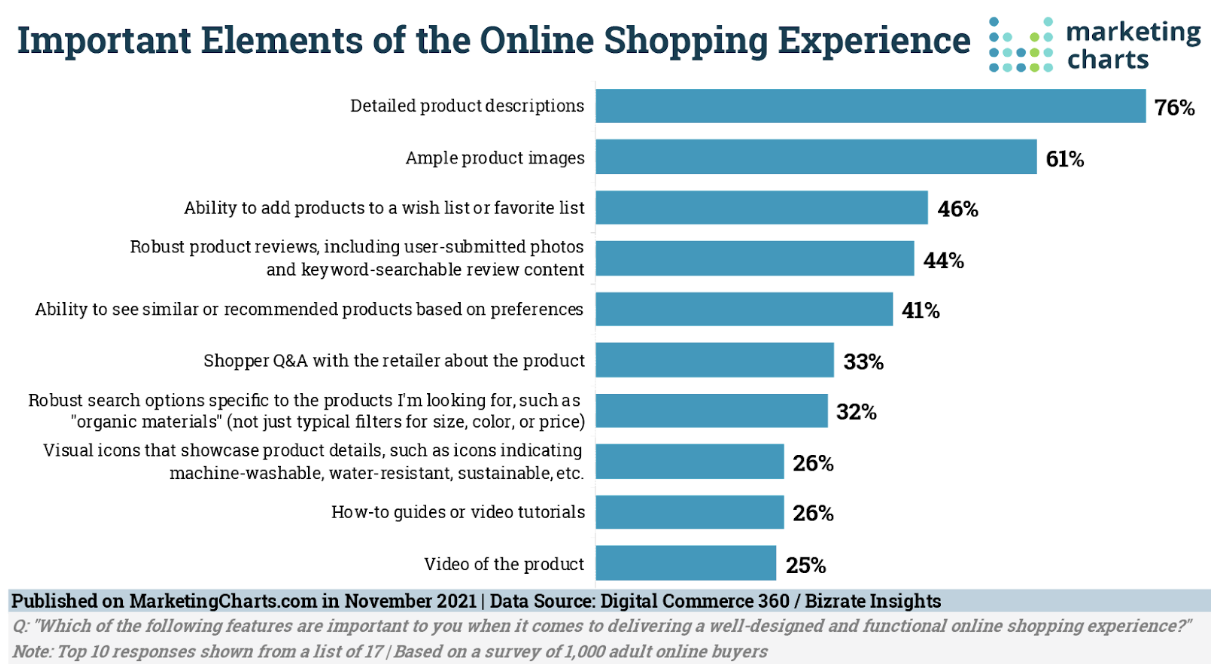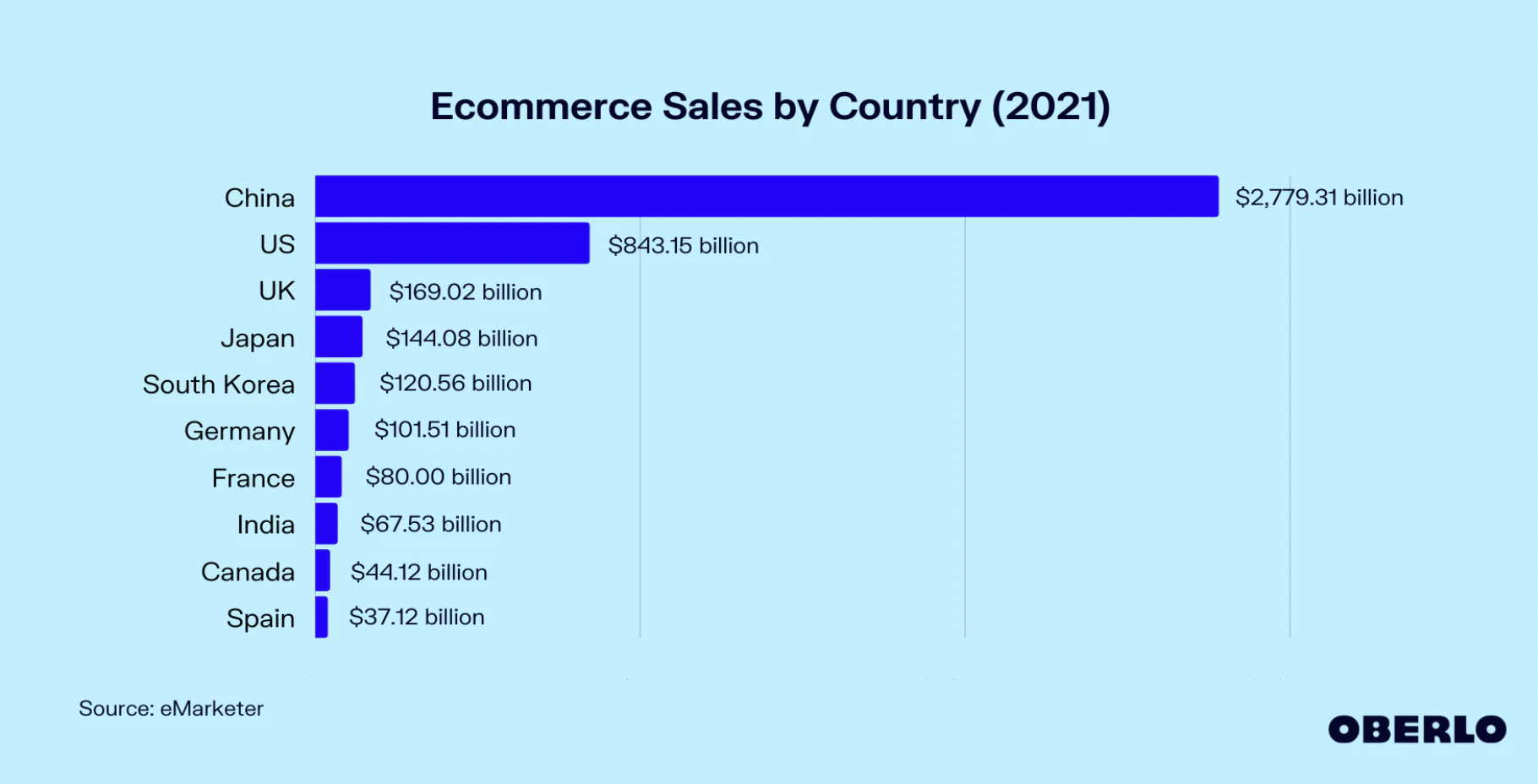The Ultimate Guide to Ecommerce Localization And Its Essentials


Ecommerce opens your business up to a global marketplace, providing you with a website to drive your brand awareness and conversion rates. But getting sales from a massive potential customer base with linguistic and cultural differences can seem almost impossible.
That’s where localization steps in.
Localization adapts your products, services, content, and branding to resonate with individual markets. It makes your business relevant to your target audiences by addressing cultural nuances, linguistic differences, and local customs. It's a vital strategy to build stronger relationships, extend your brand influence, and increase your growth in both existing and new markets.
For ecommerce brands, localization can be a big differentiating factor that helps new audiences feel more connected than ever. Let’s take a deeper dive into localization for ecommerce.
What is ecommerce localization?
Ecommerce localization is taking all the content of a business website or app and adapting the language and culture to resonate with individual markets. It includes changing product information, measurements, currencies, visual assets, blog content, and graphics to cater to different places while maintaining the same cultural impact as the original site.
For instance, it’s common in the US for websites to refer to customers by their forename, but other markets may consider this disrespectful. Understanding this nuance allows you to build a store tailored to new target markets in ways that they expect and are used to. It boosts your global brand reputation and maximizes your returns.
However, localization is more than simple text-to-text translation. It focuses on a cultural overhaul of a business website, services, and information technology strategy to make it look like it was made for a specific locale.

Benefits of ecommerce localization
By adapting your ecommerce site to cater to local people, languages, and cultures, your business has the opportunity to discover new customers and ultimately increase revenue. However, there are other advantages to implementing a localization strategy for your ecommerce, including:
• Expanding your reach by going from a single-market, single-language store to a globally accessible portal
• Improving customer diversity and establishing an international footprint
• 24/7 availability of ecommerce localization sites drives site traffic
• Localized SEO increases site rankings, boosting brand awareness
• Personalized customer shopping experiences improve conversion rates
• Ability to capitalize on local opportunities, holidays, and shopping events that may only exist in certain geographic regions
• Driving business growth through worldwide reach and customer engagement
• Improving market insights and future trends through access to increased data for customer purchases, demographics, and behaviors
What can be localized?
As mentioned, localization isn’t always simply text translation, and in many cases goes far beyond a site’s homepage or content. It’s a holistic approach that adapts your current ecommerce store to create the same impact in another language, culture, and place. Here are a few website elements you can localize.
Product descriptions
Translations aren’t enough to localize product descriptions. Every market has cultural differences when buying products online. It could be a different currency, measurements, text layout, or the product itself.
For instance, the US and Europe both use different units of measurement for shoes. While you can include a conversion chart, changing the units for specific markets is localization done best.
Additionally, consider your product name and design. Language diversity means your product name could have an entirely different definition in another language. Similarly, some products may be offensive, depending on how conservative individual markets are.
Images
Images refer to diagrams, charts, infographics, and product and services photos. By considering cultural sensitivities, your images can publicize your business and compellingly sell products. Some factors to consider when choosing images include:
• Visual metaphors
• Animals
• Religious symbols
• Political messages or flags
• Popular references
• Alt text
• Local practices
Special offers
Localization opens up whole new markets with different customs and traditions. Similar to how businesses capitalize on Christmas and Valentine’s Day, you can create special, localized offers to cater to cultural shopping days specific to your target markets.
Branding
Branding is critical to your ecommerce awareness and reputation. For instance, no matter where you are in the world, the golden arches of McDonald’s are easily recognizable. However, even they alter their color palette and promotional designs for individual markets.
It’s more important to convey a brand attitude than a consistent font, color, or tagline. Sometimes, it’s necessary to really consider how your brand sounds in other cultures and change it to fit with the local area if necessary.
Customer support
AI chatbots, FAQs, call centers, and product pages offer valuable customer support. But they must be adapted to fit local nuances. For instance, different languages write text in different directions, so AI chatbots must be adapted to respond to multiple language formats.
Other changes include localizing FAQs, changing currency units, measurements, and cultural subtleties, like how to address customers. They can be essential best practices for contact centers for your business.
Content marketing
Blogs provide valuable content for consumers and raise your brand's trust, legitimacy, awareness, and reputation. Your blog and content marketing must contain locally relevant content for success, including:
• Local stories
• Videos with local languages and voiceovers
• Localization of SEO
• Using local creators and influencers

Social media
Social media provides a vital marketing strategy for companies to reach customers globally. Creating localized social media accounts keeps you popular in individual markets and lets you curate content for your target audiences, such as videos and hashtags. For instance, Starbucks has country-specific Instagram accounts with tailored offers, images, languages, and styles.
How to localize your ecommerce store
1. Analyze your market
Firstly, determine which countries and audiences you want to target with your ecommerce. Carry out market analysis, looking at:
• Target audiences
• Competitors
• Local customs, traditions, events, and needs
• The role of ecommerce
• Special cultural features and preferences
• Specific idioms, jokes, or taboo subjects
2. Identify customers
Once you know your market and its cultural nuances, it’s time to identify your target audiences. This involves creating customer profiles and stories to understand buying motivations and develop marketing strategies, like email marketing benchmarks. Consider:
• Customer needs
• Customer purchasing behaviors
• Target demographics
• Customer characteristics
• Cultural nuances, like how to refer to people
• Taboo subjects to avoid
• Popular issues to focus on
3. Look for localization services
Instead of doing it all yourself, find localization services to outsource your ecommerce changes. Often, you’ll be working with local people who have a comprehensive knowledge of how to best adapt your brand to deliver the same high impact as your original website. You could also work with local influencers or creators. It's effective for multilingual content marketing and creating new product descriptions.

4. Establish payment methods
When customers view their online shopping cart, they want to pay with their local currency or preferred payment methods. While most card and online payment methods are available worldwide, currency and payment platforms preferences can change. For instance, Klarna is popular in Sweden but unheard of in some other countries. Consider how to localize your payment methods for your market.
5. Define shipping costs and logistics
Shipping costs and delivery times matter to customers. If the shipping cost is too expensive or the delivery times are too long, customers might choose another store or business. Clearly defining your shipping costs and methods prevents surprises for customers at the checkout.
Additionally, each country has shipping regulations, preferred shipping options, such as FedEx in America, or packaging preferences, like using recyclable paper. This adds logistical challenges when shipping your products.
Consider how best to deliver fragile goods and deal with customs and any additional charges. It may be helpful to invest in local warehouses to localize shipping and logistics and improve customer satisfaction.
6. Overcome shipping challenges
Some oft-forgotten shipping challenges include address formats, postage regulations, and language nuances, like accents. It can create havoc for shipping your products, especially if you’re doing so internationally. Check if addresses need adapting or specific postage forms need filling in for your new ecommerce customers.
7. Understand local taxes and laws
Tax requirements are a vital area to understand when localizing your business. VAT and other taxes vary in each country and can change yearly. Consider tax requirements for your company, sales, customers, and whether you need to include it with your product prices or purchases.
Additionally, each country has local laws and regulations to adhere to, the breaking of which can damage your brand reputation, land you with fines, or even get you in trouble with the law.
This area is crucial to understand to avoid costly and significant punishments. Consult experts or use an online course if you need to fill this skills gap.

Go local to go global
Whether your business is PBX hosting or service-based, localization enables building stronger relationships with a local audience. With it, you can scale your business globally by increasing ecommerce traffic and driving sales and conversions.
Localization depends on adapting every aspect of your current ecommerce store to have the same impact in a different cultural and linguistic atmosphere. It means paying attention to local customs, traditions, and taboos to drive business success in those markets.
Additionally, you can take advantage of local holidays and significant events, like Diwali or Single’s Day, further boosting your marketing strategies. Be wary of how terms translate and how your branding is perceived. You may need to alter color palettes, fonts, or brand and product names for specific markets.
• • •
 Jenna Bunnell is the Senior Manager for Content Marketing at Dialpad, an AI-incorporated cloud-hosted unified communications system that provides valuable call details for business owners and sales representatives. She is driven and passionate about communicating a brand’s design sensibility and visualizing how content can be presented in creative and comprehensive ways. Check out her LinkedIn profile. Jenna has also written to domains such as Freelance Writing Jobs and CorporateVision.
Jenna Bunnell is the Senior Manager for Content Marketing at Dialpad, an AI-incorporated cloud-hosted unified communications system that provides valuable call details for business owners and sales representatives. She is driven and passionate about communicating a brand’s design sensibility and visualizing how content can be presented in creative and comprehensive ways. Check out her LinkedIn profile. Jenna has also written to domains such as Freelance Writing Jobs and CorporateVision.


